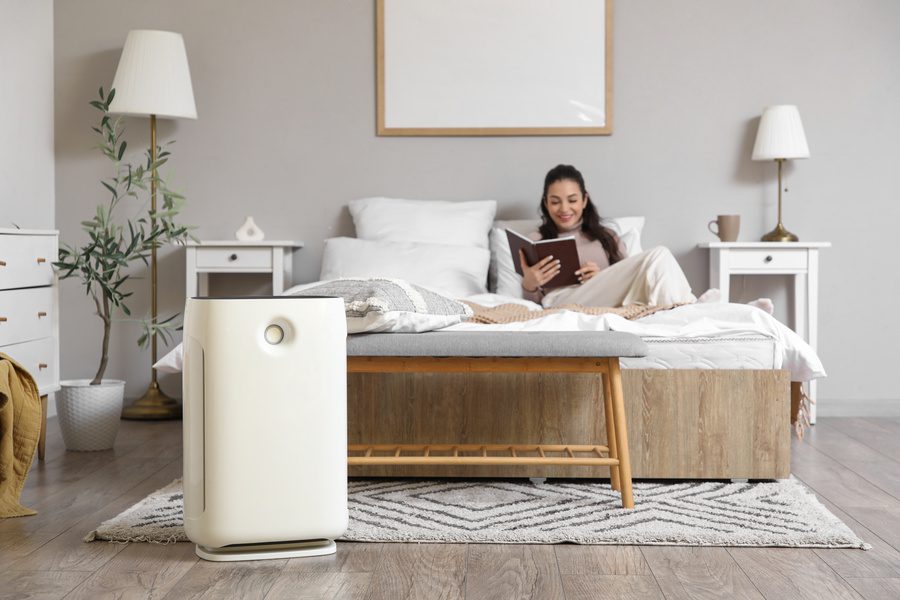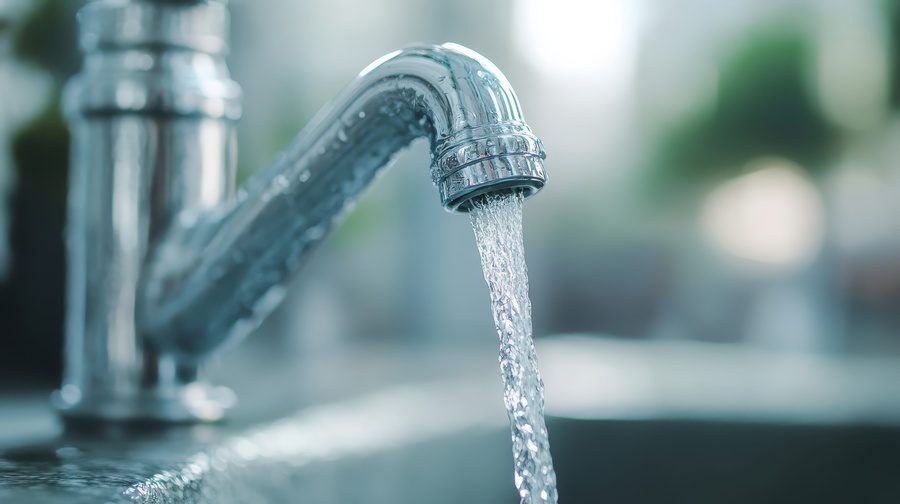If you’ve ever noticed spots on your dishes, dry skin after a shower, or worn-out appliances sooner than expected, hard water could be the culprit. Knowing how water softening technology works and how it can improve your home’s water quality is essential. At Rainsoft A & B Marketing, we’re passionate about helping homeowners in Northeast Florida understand the benefits of soft water and why investing in the right solution matters. In this guide, we’ll walk you through understanding water softeners, their advantages, and how they can transform your everyday life.
What is Hard Water?
Before diving into water softening technology, it’s crucial to understand what hard water is. Hard water is water that contains high levels of dissolved minerals, primarily calcium and magnesium. These minerals accumulate as water moves through soil and rock, eventually entering our water supply.
Effects of Hard Water
The presence of these minerals can lead to several issues:
- Skin and Hair Problems: Hard water can make your skin dry and your hair dull and lifeless.
- Plumbing Issues: Over time, mineral deposits can build up in pipes, reducing water flow and increasing the risk of clogs.
- Appliance Inefficiency: Hard water can reduce the efficiency and lifespan of water-using appliances like dishwashers and washing machines.
- Laundry Concerns: Clothes washed in hard water may feel rough and appear dingy.
Understanding Water Softeners
Water softeners are devices designed to remove the minerals that cause water hardness. By doing so, they can alleviate the many problems associated with hard water. Let’s explore how these systems work and why they are beneficial for your home.
How Water Softeners Work
Water softeners primarily use a process called ion exchange to remove calcium and magnesium ions from the water. Here’s a step-by-step breakdown:
- Ion Exchange Process: Hard water passes through a resin bed inside the softener. The resin is coated with sodium ions. As water flows through, calcium and magnesium ions swap places with sodium ions, effectively removing the hardness minerals.
- Regeneration Cycle: Eventually, the resin becomes saturated with calcium and magnesium ions. To restore its softening capacity, the system flushes the resin with a saltwater solution, replenishing the sodium ions.
- Continuous Soft Water Supply: Once regenerated, the system resumes normal operation, ensuring a continuous supply of soft water.
Benefits of Using a Water Softener
- Improved Skin and Hair: Soft water can enhance the feel of your skin and hair, making them softer and shinier.
- Extended Appliance Lifespan: By preventing scale buildup, soft water can extend the life of water-using appliances.
- Reduced Energy Bills: Appliances running on soft water operate more efficiently, potentially lowering energy costs.
- Better Laundry Results: Clothes washed in soft water are cleaner, softer, and brighter.
Choosing the Right Water Softening System
When selecting a water softening system, it’s essential to consider several factors to ensure it meets your household’s needs.
Factors to Consider
- Water Hardness Level: Test your water to determine its hardness level. This will help you choose a system with the appropriate capacity.
- Household Size: The amount of water your household uses daily will influence the size and capacity of the softener you need.
- System Type: There are various types of water softeners, including salt-based, salt-free, and dual-tank systems. Each has its pros and cons.
- Budget: Consider the initial cost, ongoing maintenance, and operational expenses when choosing a system.
Types of Water Softeners
Understanding the different types of water softeners can help you make an informed decision:
- Salt-Based Ion Exchange Softeners: These are the most common and effective systems, using sodium to remove hardness minerals.
- Salt-Free Water Conditioners: These systems don’t remove minerals but prevent scale buildup by altering the mineral structure.
- Duel-Tank Softeners: Ideal for large households, these systems ensure a continuous supply of soft water by alternating between two tanks.
Installation and Maintenance of Water Softeners
Proper installation and regular maintenance are crucial for the effective operation of a water softener. Here’s what to consider:
Installation Tips
- Professional Installation: While DIY installation is possible, professional installation ensures optimal performance and longevity.
- Location: Install the softener near the main water line entry point to ensure all water in the house is softened.
Maintenance Guidelines
Regular maintenance is necessary to keep your water softener running smoothly:
- Check Salt Levels: Regularly monitor and replenish the salt supply in the brine tank.
- Clean the Resin Tank: Periodically clean the resin tank to remove any accumulated debris or impurities.
- Inspect for Leaks: Regularly inspect the system for leaks or damage to prevent water waste and ensure efficiency.
Switching to soft water offers clear improvements in everything from daily showers to the lifespan of your home’s plumbing and appliances. At Rainsoft A & B Marketing, we believe that understanding water softeners and investing in quality water softening technology is one of the smartest decisions a homeowner can make.
If you’re ready to explore the many soft water benefits for your home—or if you’re just starting to consider solutions for your hard water issues—we’re here to help. Contact Rainsoft A & B Marketing to learn more or schedule a consultation. Let’s bring soft water into your life and make a lasting difference you’ll feel every day!






